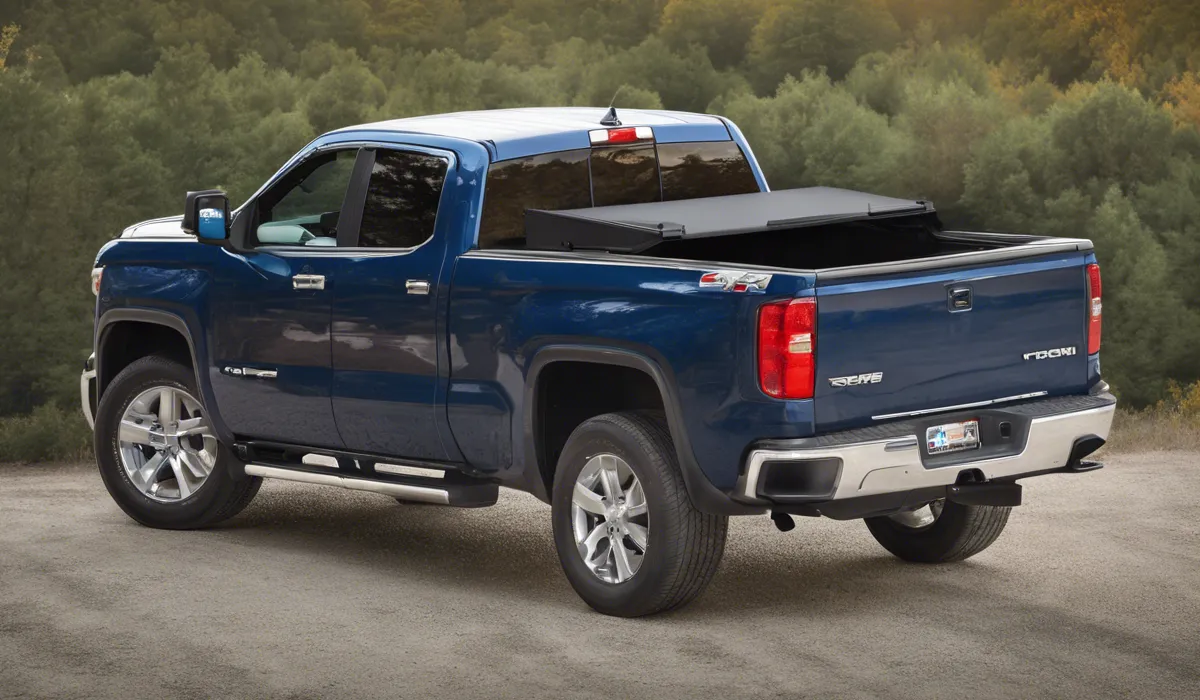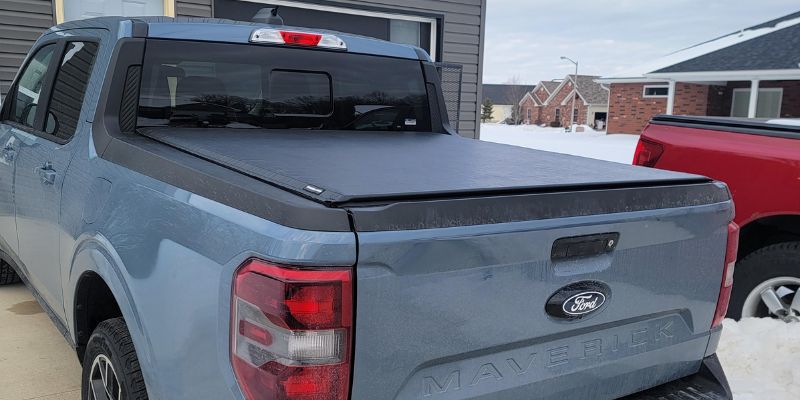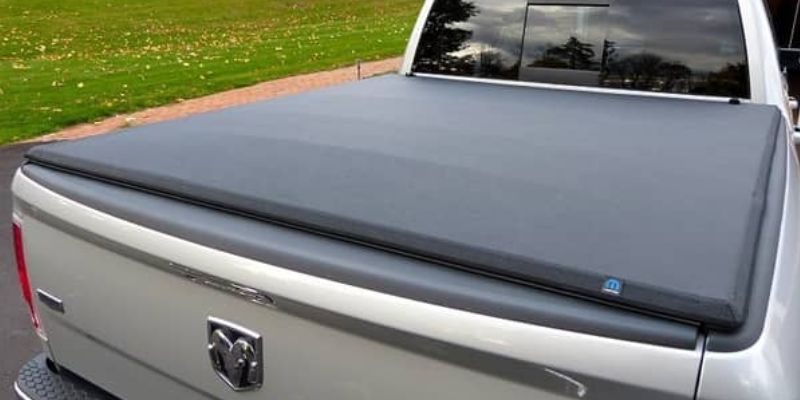Soft tonneau covers can flap at high speeds or if improperly secured due to air getting underneath. Ensuring a tight fit and correct installation reduces flapping. Regular maintenance checks are advised to prevent this issue.
Understanding Soft Tonneau Covers and Their Design

What Are Soft Tonneau Covers?
Soft tonneau covers are protective coverings used to shield the cargo bed of a pickup truck from the elements and potential theft.
These flexible covers are a popular choice for truck owners due to their affordability and ease of use.
They are designed to be lightweight and user-friendly, offering a balance between protection and convenience.
Materials Used in Soft Tonneau Covers
The materials used in soft tonneau covers typically include vinyl, canvas, or a blend of synthetic fabrics.
These materials are selected for their durability, resistance to weather, and flexibility.
High-quality covers are often treated with UV protectants and waterproofing agents to further enhance their resilience against sun damage and rain.
Design Features That Affect Flapping
Design elements such as the shape and contour of the cover play a critical role in how it reacts to air flow.
A well-designed cover will have aerodynamic properties that minimize air resistance and therefore reduce flapping.
The presence of reinforced corners and edges can also decrease the amount of lift and flutter experienced at high speeds.
The Role of Tensioning Systems
Tensioning systems are integral to the stability of soft tonneau covers.
These systems, which may be manual or spring-loaded, enable the cover to be pulled tight across the truck bed.
A properly tensioned cover is less likely to flap because it provides less opportunity for air to get underneath and cause turbulence.
Factors That Contribute to Soft Tonneau Cover Flapping

Wind Speed and Direction
While driving, the speed of the vehicle and the direction of the wind are two significant factors that can cause a soft tonneau cover to flap.
High-speed winds can create a vacuum effect that lifts the cover, especially if the wind is hitting the truck from various angles due to changing directions.
Improper Installation or Fitting
One of the most common reasons a tonneau cover may flap is due to improper installation.
If the cover is not secured correctly at all points or if it is the wrong size for the truck bed, gaps can form, allowing air to enter and cause flapping.
Ensuring a snug and precise fit is crucial.
Wear and Tear Over Time
As with any product, soft tonneau covers can suffer from wear and tear over time.
Exposure to harsh weather, frequent use, and the passage of time can weaken the material and fastenings, leading to a looser fit and more potential for flapping.
Impact of External Accessories
Truck owners often install additional accessories such as racks or spoilers, which can alter the vehicle’s aerodynamics.
These modifications might disrupt the airflow over the tonneau cover, potentially increasing the likelihood of flapping.
Solutions and Best Practices to Prevent Flapping

Proper Installation Techniques
Installing a soft tonneau cover correctly is one of the most effective ways to prevent flapping.
Begin by aligning the cover accurately with the truck bed, securing all fastenings and ensuring that the tension is evenly distributed.
Regularly checking the fit and making adjustments as needed can keep the cover stable.
Maintenance Tips
Maintaining your tonneau cover is essential for longevity and performance.
Clean the cover with appropriate products, check for any signs of damage, and replace worn parts promptly.
Keeping the cover taut and the material in good condition helps to reduce flapping.
Enhancing Stability with Additional Products
There are aftermarket products available that can help to minimize tonneau cover flapping.
Tension bars, support bows, and wind deflectors are examples of items that can improve the cover’s aerodynamics and stability when correctly installed.
Driving Tips to Minimize Flapping
Adjusting your driving habits can also play a role in reducing flapping.
Avoiding high-speed travel when possible, especially in windy conditions, can decrease the amount of air pressure on the cover.
Additionally, when loading the truck bed, distribute weight evenly to maintain the cover’s shape and stability.
FAQs About Soft Tonneau Cover Flapping
Why do soft tonneau covers flap?
Soft tonneau covers can flap at high speeds or if not properly secured because air can get underneath, causing the material to lift and create a flapping noise.
How can I prevent my soft tonneau cover from flapping?
Ensuring a tight fit and correct installation of the soft tonneau cover will reduce the likelihood of flapping. Always follow the manufacturer’s instructions during installation.
Will regular maintenance checks help with flapping of the soft tonneau cover?
Yes, conducting regular maintenance checks on the cover and its attachments can help prevent flapping by ensuring everything remains secure and in good condition.
Can flapping damage my soft tonneau cover?
Continuous flapping can cause wear and potential damage to the tonneau cover over time, especially at the points where it is secured to the truck bed.
Is it normal for a new soft tonneau cover to flap?
A new soft tonneau cover should not flap if it is correctly installed and properly secured. If it does, it may require adjustment for a tighter fit.
Final Thoughts
Soft tonneau covers are susceptible to flapping when faced with high speeds or if not secured properly.
Air can easily get underneath a loose cover, leading to this issue.
A tight fit and correct installation are crucial to prevent flapping.
Additionally, performing regular maintenance checks ensures ongoing stability and can help to avoid the problem of flapping entirely.
